Hi I'm going to have a go at this, the Sopwith F.1 Camel.
The kit has a lot of flash and pin marks :sad: so don't expect a lot .

Parts.


HIstory.
The Camel, designed by Thomas Sopwith, was the highest scoring fighter of World War One. This single-seat fighter took its name from the hump over the breeches of the two front machine guns; the nickname given it by one of the squadrons was rapidly adopted as the types' name.
The first prototype flew in December 1916 and two main versions were produced by a variety of contractors, the F1 and the 2F1 shipboard variant, both powered by no fewer than six different rotary engines at various stages.
Its handling characteristics were a gift to the skilful pilot but could kill the slow or unwary. This made the Camel ideal for daylight combat but versatile enough to allow it to be used as a night fighter and ground attack aircraft. The shipboard 2F1 Camel also saw some success operating against German airships and seaplanes over the North Sea.
Production totalled some 5500 aircraft, the final number being confused by cancellations and non-delivery after the Armistice.
The Camel saw extensive service in home defence, over the Western front, in the UK on training and test work until 1923 and in other countries up until 1928 - a remarkably long career for the time.
This aircraft was held in the same high regard by those who fought in World War One as the Spitfire was for those involved in World War Two. With a superb fighting record it is hardly surprising it was nicknamed "The King of the Air Fighters".
SOPWITH CAMEL F.1 SPECIFICATIONS
Wingspan: 28 ft.
Length: 18 ft. 9 in.
Height: 8 ft. 6 in.
Empty Weight: 950 lbs
Gross Weight: 1,482 lbs
Top Speed: 112.5 mph
Service Ceiling: 19,000 ft.
Range: 250 miles
Engine/Horsepower: Clerget rotary/130
Bomb Load: Four 20-pound bombs
Armament: Two Vickers .303 machine guns
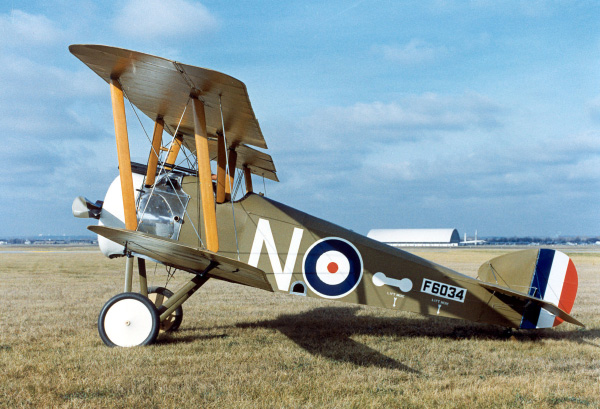
Pete.
The kit has a lot of flash and pin marks :sad: so don't expect a lot .

Parts.


HIstory.
The Camel, designed by Thomas Sopwith, was the highest scoring fighter of World War One. This single-seat fighter took its name from the hump over the breeches of the two front machine guns; the nickname given it by one of the squadrons was rapidly adopted as the types' name.
The first prototype flew in December 1916 and two main versions were produced by a variety of contractors, the F1 and the 2F1 shipboard variant, both powered by no fewer than six different rotary engines at various stages.
Its handling characteristics were a gift to the skilful pilot but could kill the slow or unwary. This made the Camel ideal for daylight combat but versatile enough to allow it to be used as a night fighter and ground attack aircraft. The shipboard 2F1 Camel also saw some success operating against German airships and seaplanes over the North Sea.
Production totalled some 5500 aircraft, the final number being confused by cancellations and non-delivery after the Armistice.
The Camel saw extensive service in home defence, over the Western front, in the UK on training and test work until 1923 and in other countries up until 1928 - a remarkably long career for the time.
This aircraft was held in the same high regard by those who fought in World War One as the Spitfire was for those involved in World War Two. With a superb fighting record it is hardly surprising it was nicknamed "The King of the Air Fighters".
- F.1 - powered by 110-hp (82-kW) Clerget 9Z rotary engine, first flown by Harry Hawker at Brooklands
- F.1/1 - tapered wings and broad interplane struts
- F.1/3 - powered by 130-hp (97-kW) Clerget 9B, test-flown at Martlesham Heath in March, 1917
- N517 - ordered by the Admiralty
- N518 - powered by new AR.1 150hp (112kW) rotary. In production, this engine became the BR.1 (Bentley Rotary) and powered the Camels delivered to the Navy.
SOPWITH CAMEL F.1 SPECIFICATIONS
Wingspan: 28 ft.
Length: 18 ft. 9 in.
Height: 8 ft. 6 in.
Empty Weight: 950 lbs
Gross Weight: 1,482 lbs
Top Speed: 112.5 mph
Service Ceiling: 19,000 ft.
Range: 250 miles
Engine/Horsepower: Clerget rotary/130
Bomb Load: Four 20-pound bombs
Armament: Two Vickers .303 machine guns

Pete.




















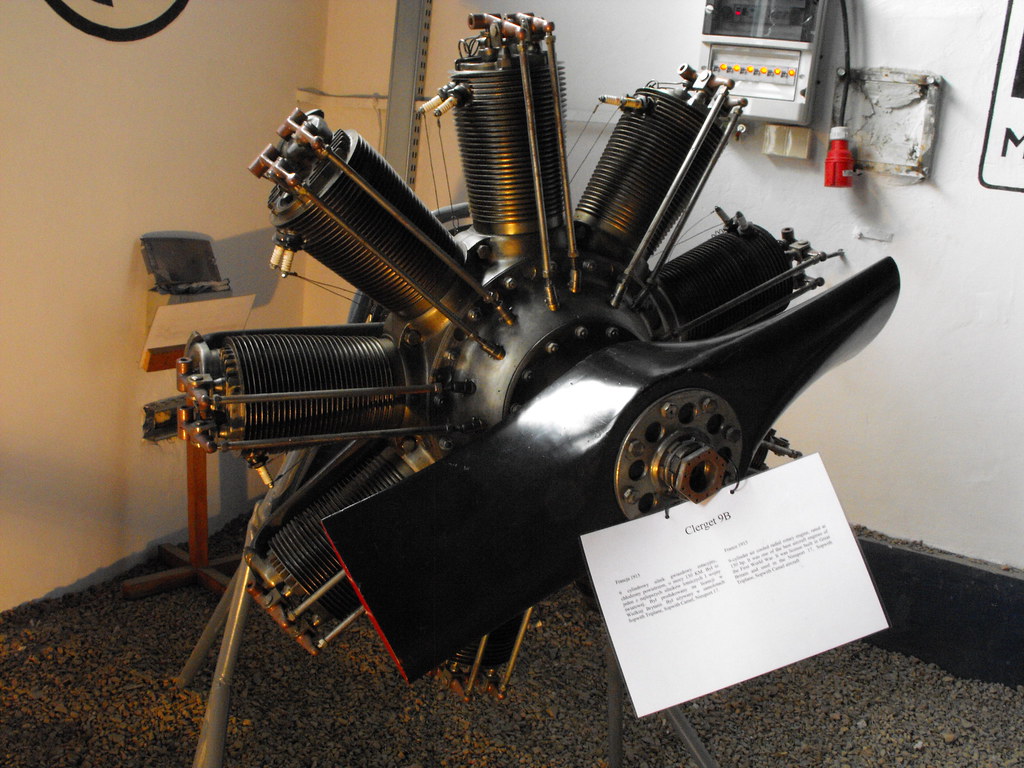

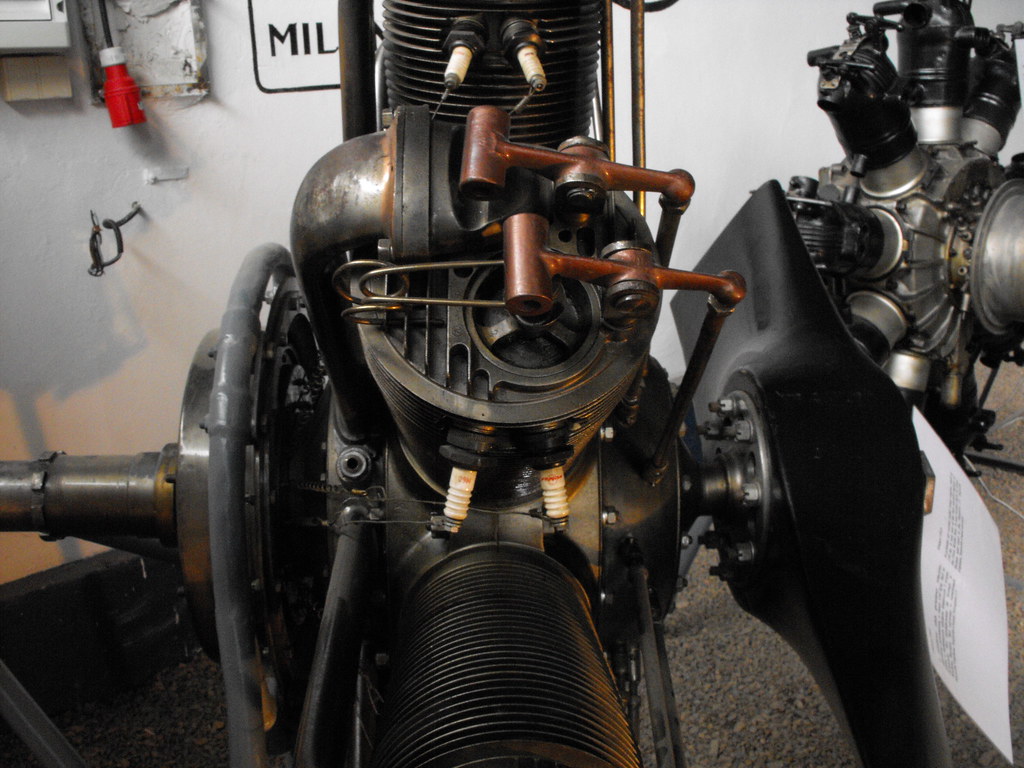
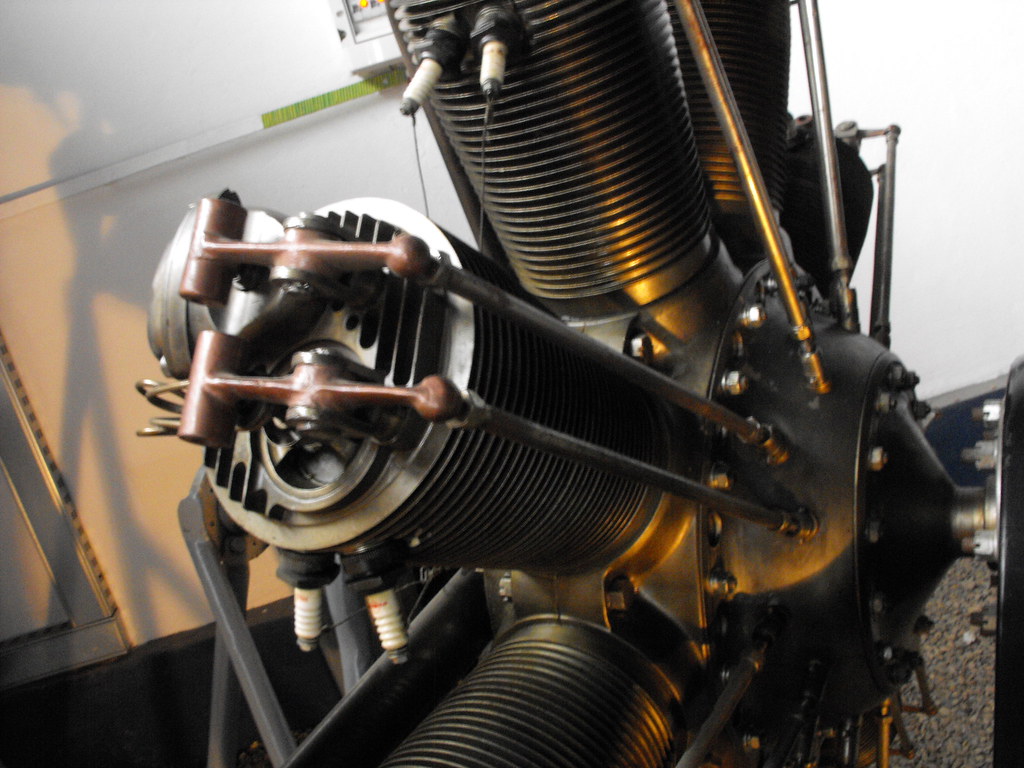
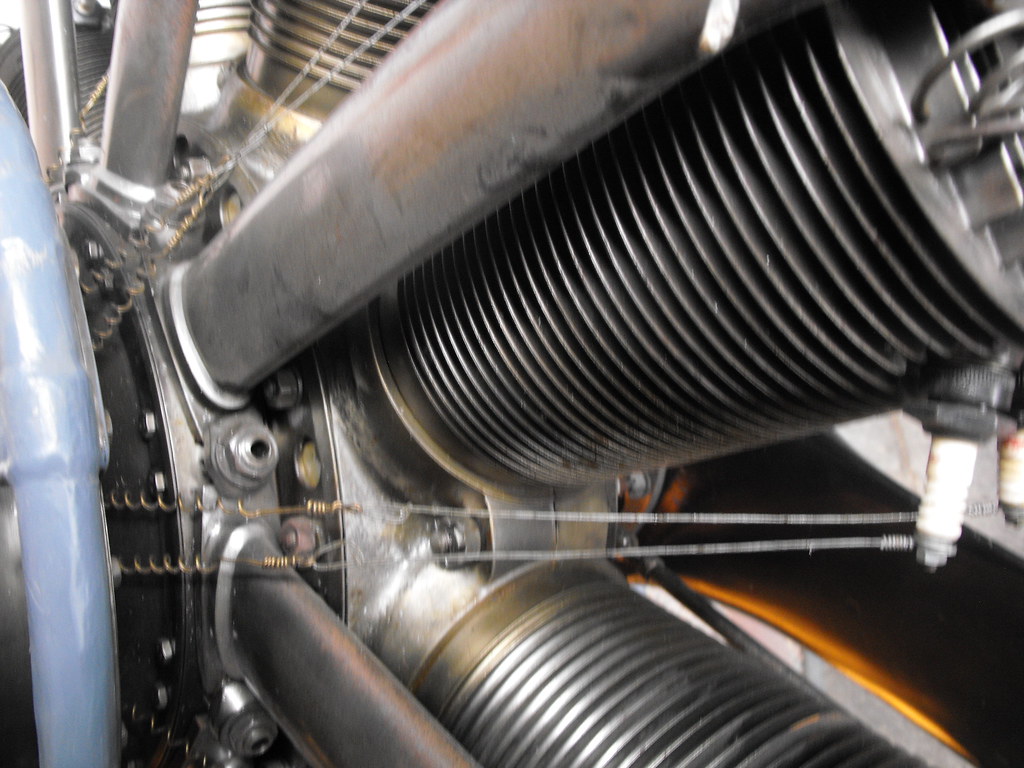
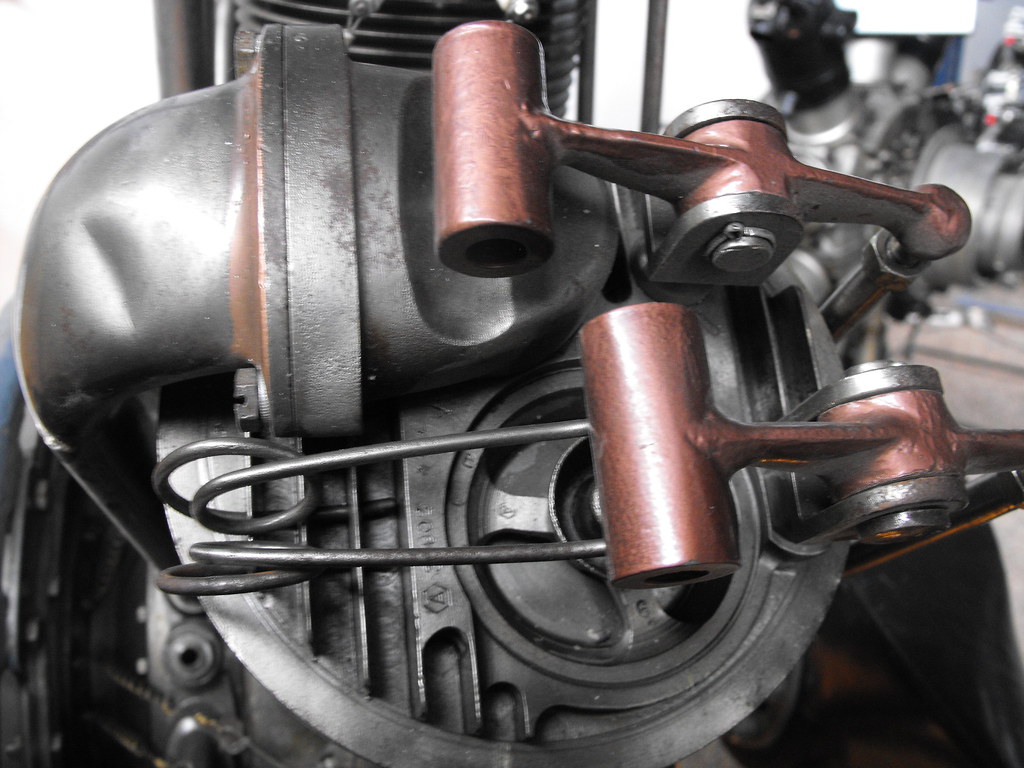
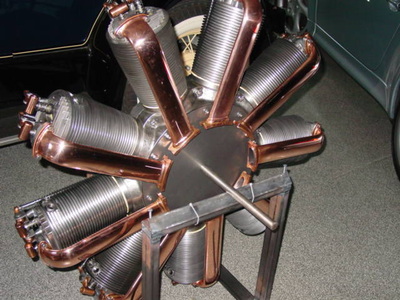

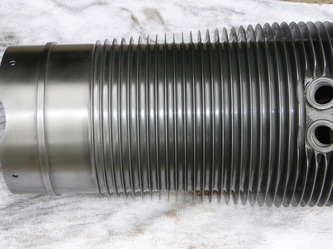




Comment